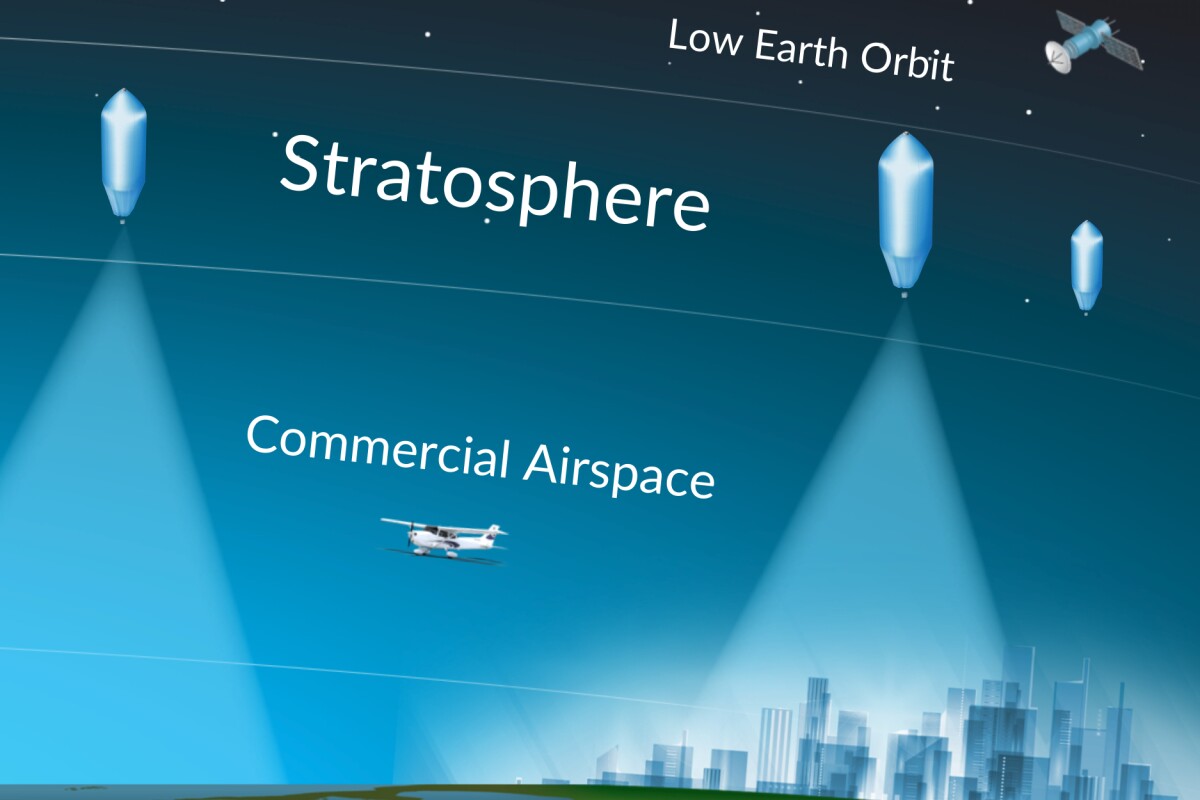The retail world is experiencing big changes thanks to fast-moving technology and new consumer demands. Companies are using clever ideas to improve shopping, simplify their processes, and keep up in a busy market.
From the latest digital tools to smart data-based strategies, retail has become a place of creativity and tech blending. To succeed here, it’s important to welcome these shifts and find smart ways to incorporate them into your business plans.
Here are some trends and technologies shaping the retail industry:
Embracing Omnichannel Retailing
Omnichannel retailing is essential for businesses that want to meet the needs of today’s consumers. It’s about creating a smooth shopping experience across different platforms, whether it’s in-store, online, or on mobile apps.
This method benefits customers by letting them interact with your brand in the way that suits them best. For example, they might look at products online but buy in-store. Making these transitions easy helps build trust and increase satisfaction.
To succeed in omnichannel retailing, focus on integrating your inventory and customer data. This will give customers real-time stock information and allow them to switch smoothly between platforms.
Transforming In-Store Experiences
Digital signage software is changing how retailers talk to customers in physical stores. These screens show lively content, from sales to product details, making shopping fun and interactive.
One of the biggest benefits of digital signage is its flexibility. You can immediately update content to show new offers, seasonal trends, or local deals. This helps keep your message engaging, grabbing customers’ attention and boosting sales.
Digital signage software is helpful for more than just ads. Many retailers use it to share important information like directions in large stores or spotlight sustainability efforts. This improves customer experience and builds up your brand’s image.
Artificial Intelligence and Personalization
Artificial intelligence is changing retail by offering more personal shopping experiences. With AI-driven algorithms, retailers can study customer data to provide customized product suggestions, anticipate trends, and tweak pricing plans.
For instance, AI tools can monitor browsing and buying habits to recommend items customers may need or want. This makes shopping easier and increases the chances of customers returning.
Beyond personalization, AI is also being used to boost operational efficiency. Retailers can better predict demand, manage their inventory more effectively, and even use chatbots to automate customer service. These uses make AI crucial for businesses aiming to remain competitive.
Contactless and Mobile Payment Options
The rise of touch-free and mobile payments has simplified the checkout process, making it easier for customers. These technologies have become especially crucial lately, as shoppers want faster and safer transaction options.
Mobile wallets, QR codes, and tap-to-pay are examples of changing payment choices. Offering various ways to pay matches customer preferences and makes checkout smoother, potentially boosting sales.
Using these technologies helps businesses stay up-to-date and improves the customer experience. It’s smart to look into solutions that fit with your audience’s habits and likes.
Sustainability and Eco-Friendly Practices
Sustainability is now a big deal in retail, with more people choosing brands that care about the environment. This change has sparked new ideas in packaging, how products are sourced, and how stores are designed to save energy.
Retailers are using new tech to monitor and cut down their carbon emissions. They have energy-monitoring gadgets and eco-friendly lights. Plus, giving customers perks for making green choices, like reusable shopping bags or extra points for recycling, has worked well.
Doing these things attracts those who care about the planet and shows the company is responsible. This can boost how much people trust and like the brand.
Augmented Reality for Enhanced Shopping
Augmented reality (AR) is shaking the retail world by connecting online and in-store shopping. It lets customers see how products look in real life before buying them. For instance, AR apps can show users how furniture might fit in their homes or how clothes suit their style. This reduces uncertainty and makes choosing easier and more fun.
AR is also used in stores to create interactive displays that engage customers in new ways. You can integrate AR with your digital signage. Using AR and digital signage in different industries can help your business stand out.
Data Analytics and Insights
Retailers are increasingly turning to data analytics to make smart choices and improve their plans. By examining customer behavior and sales patterns, data provides helpful insights that can lead to growth and greater efficiency.
For example, analytics tools can show which products are doing well and which ones need a boost. This helps retailers tweak their stock and marketing tactics as needed.
Plus, learning about what customers like through data can aid in creating new products or services. Predicting trends and meeting demand gives businesses an advantage in a fast-moving market.







